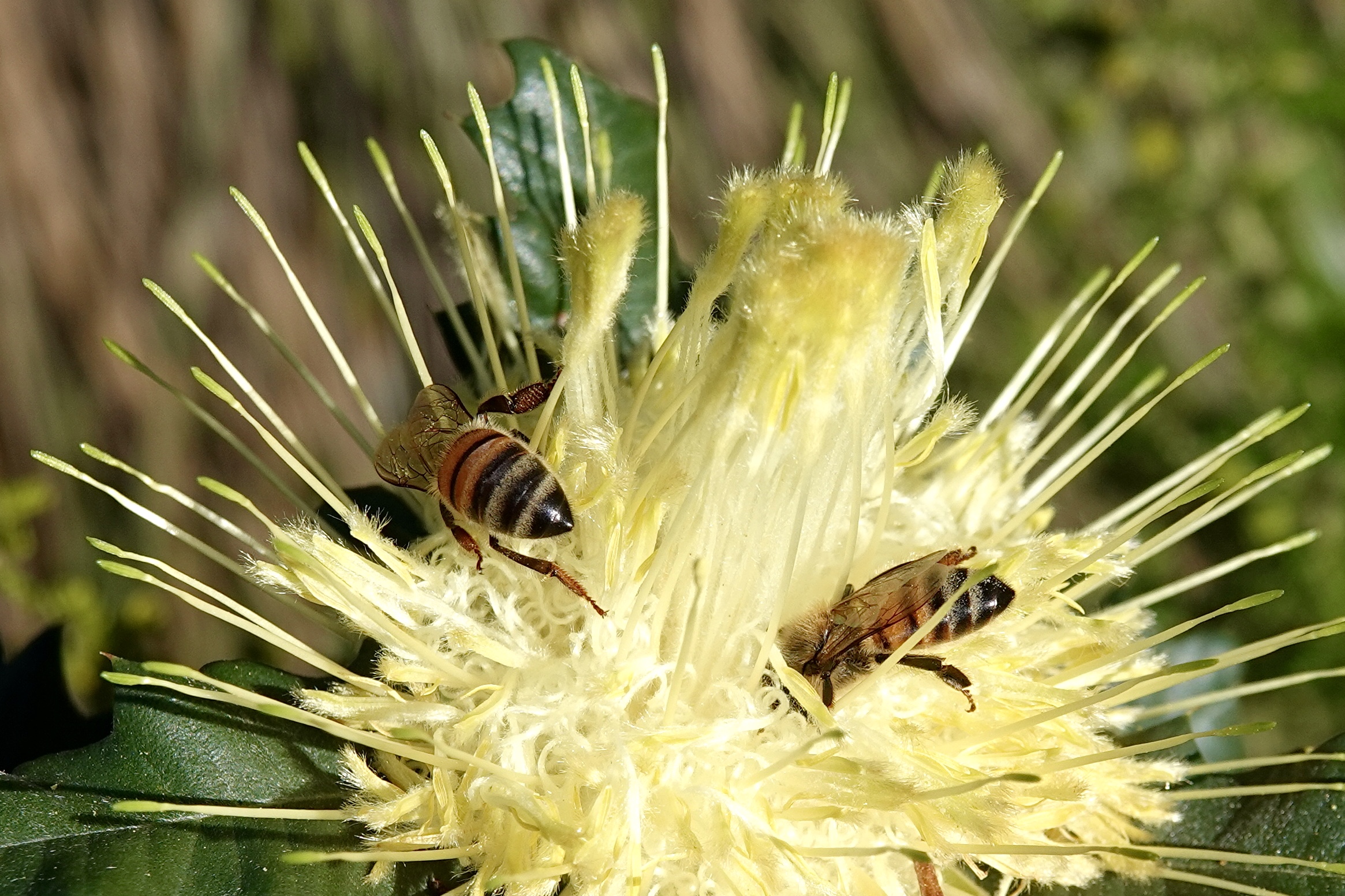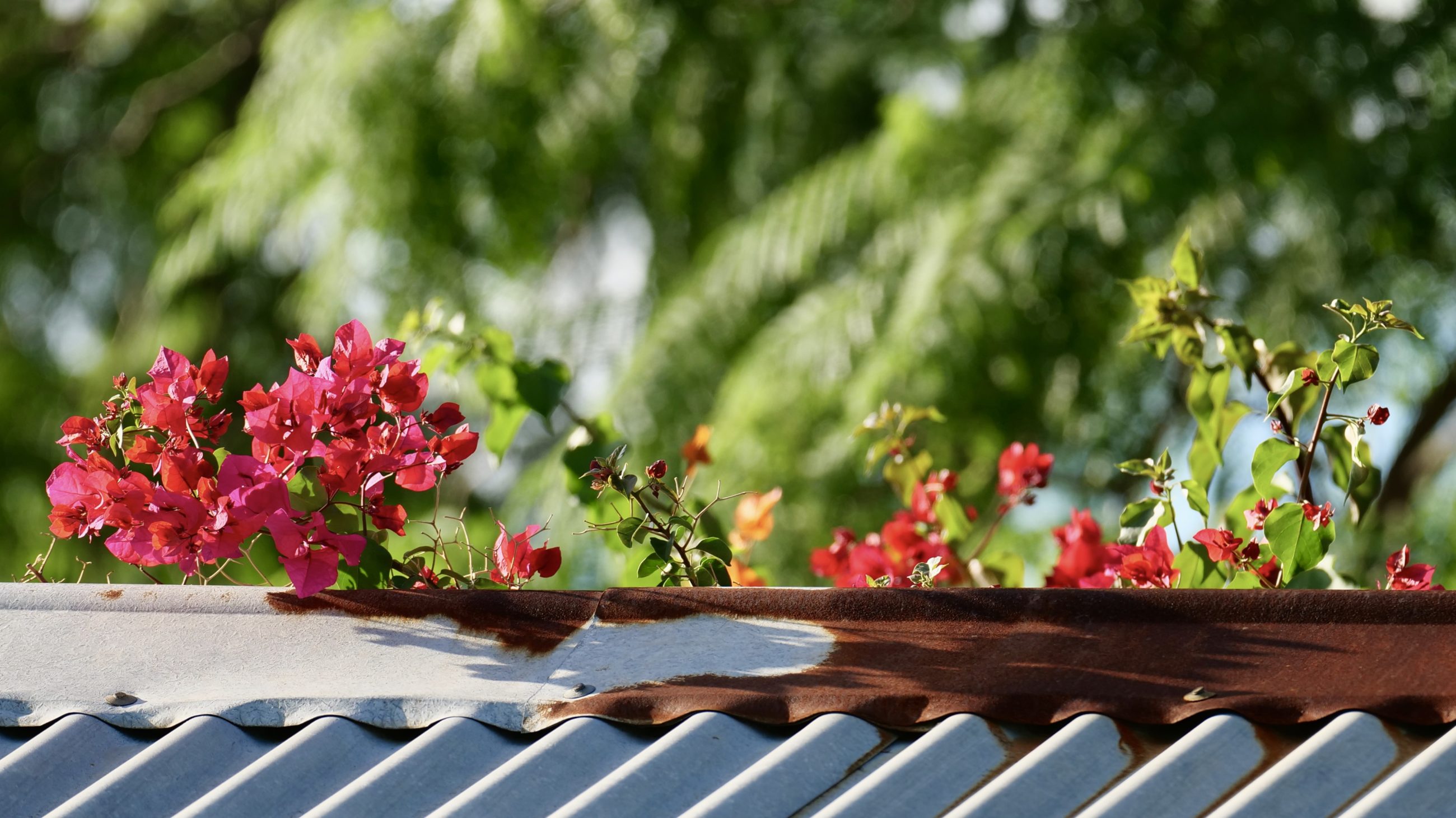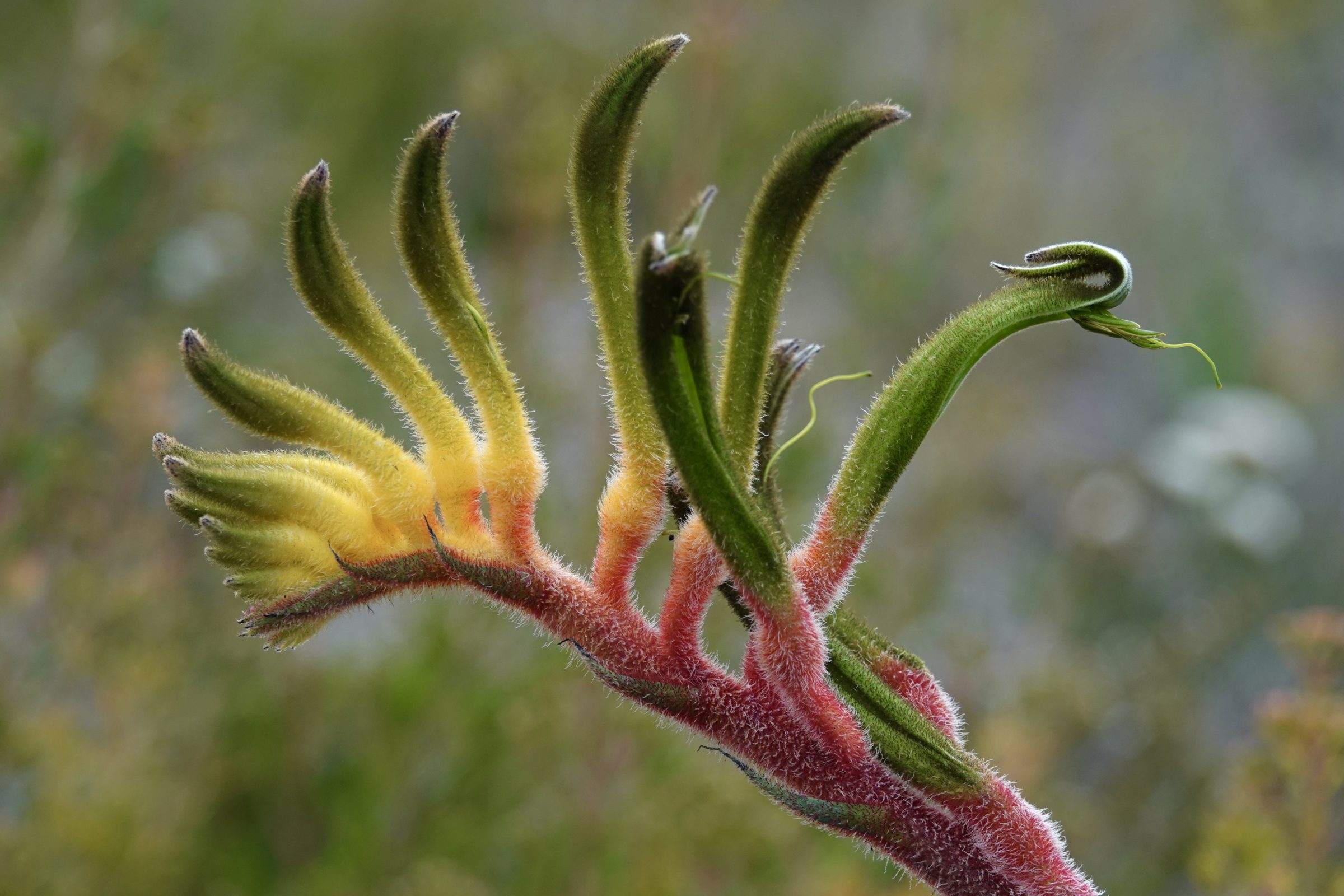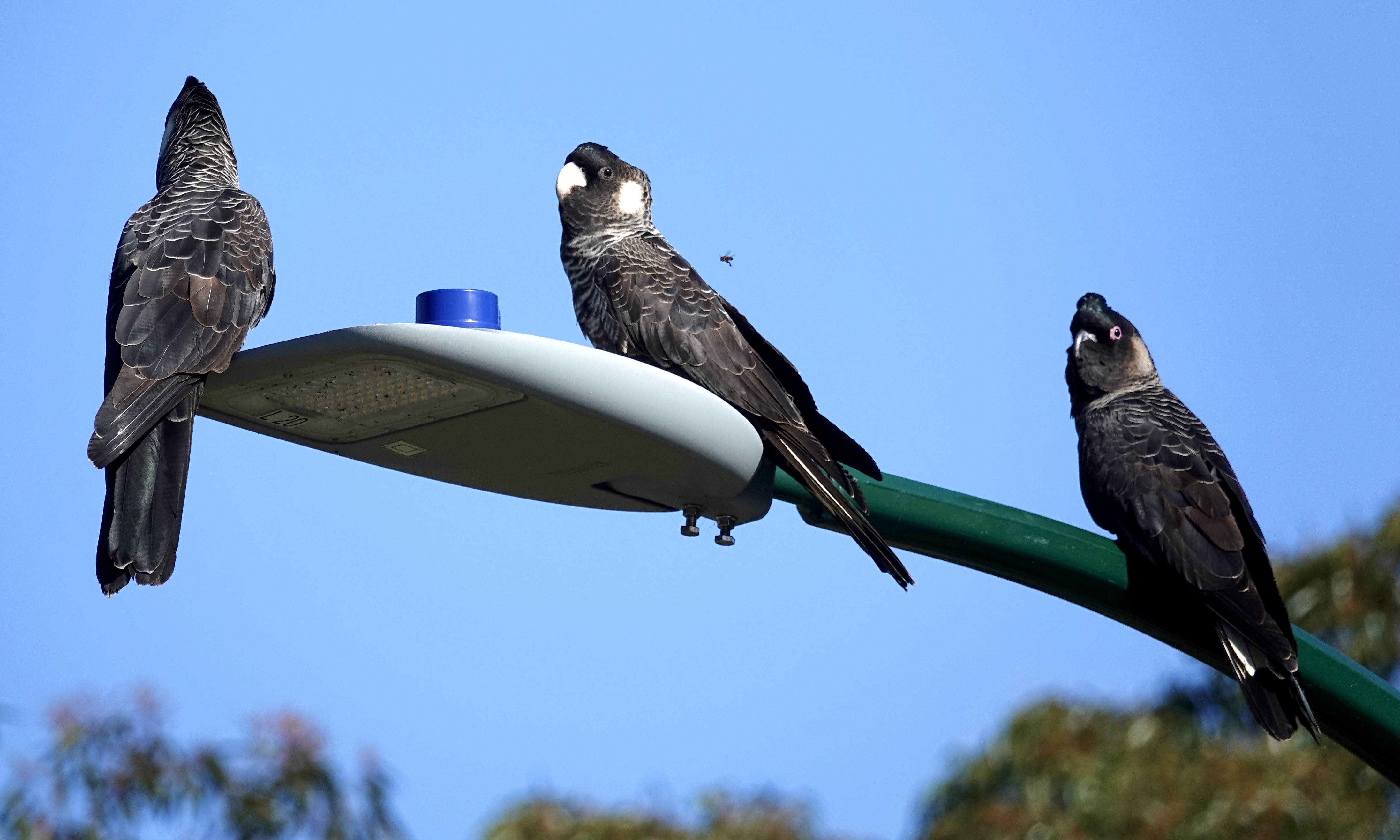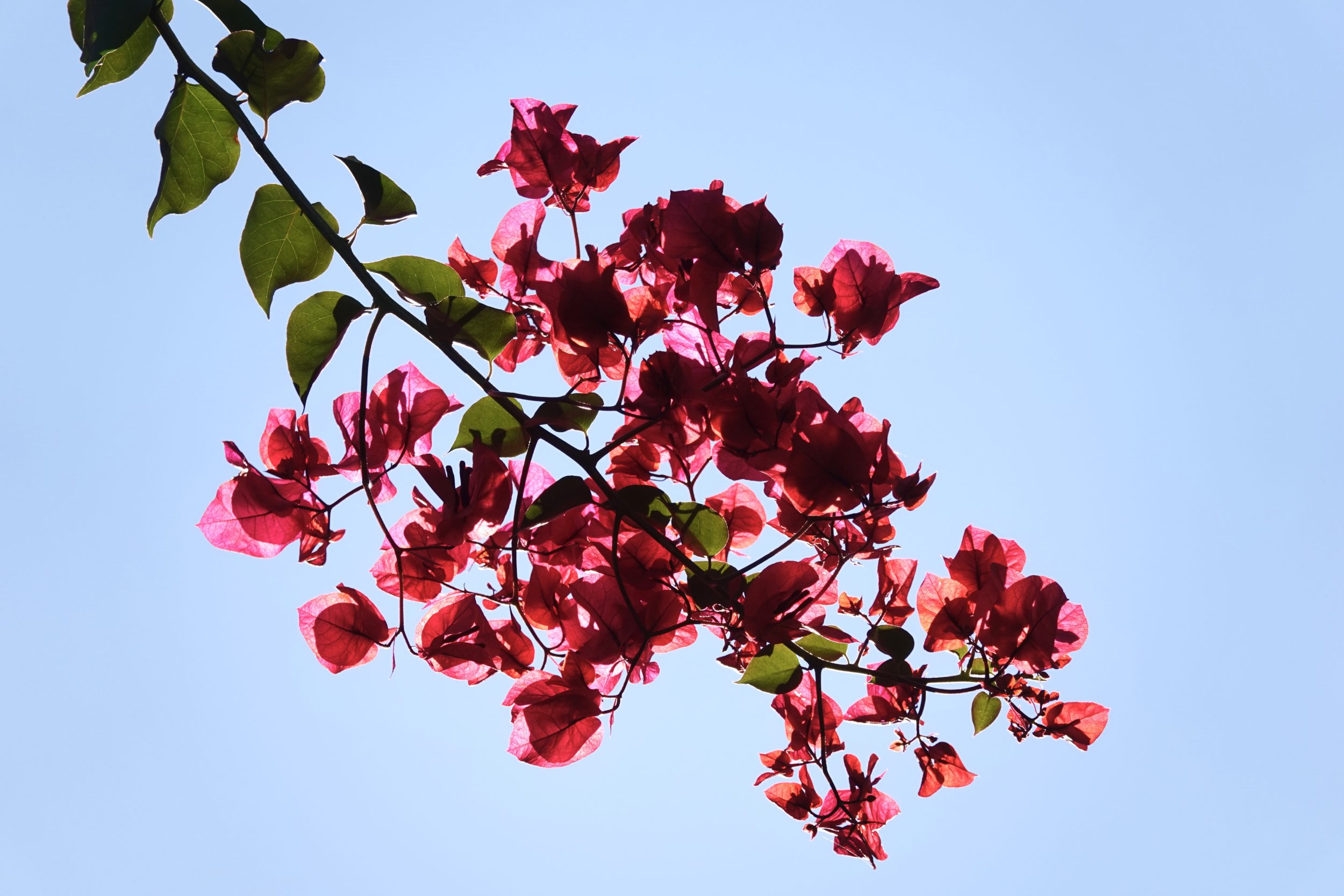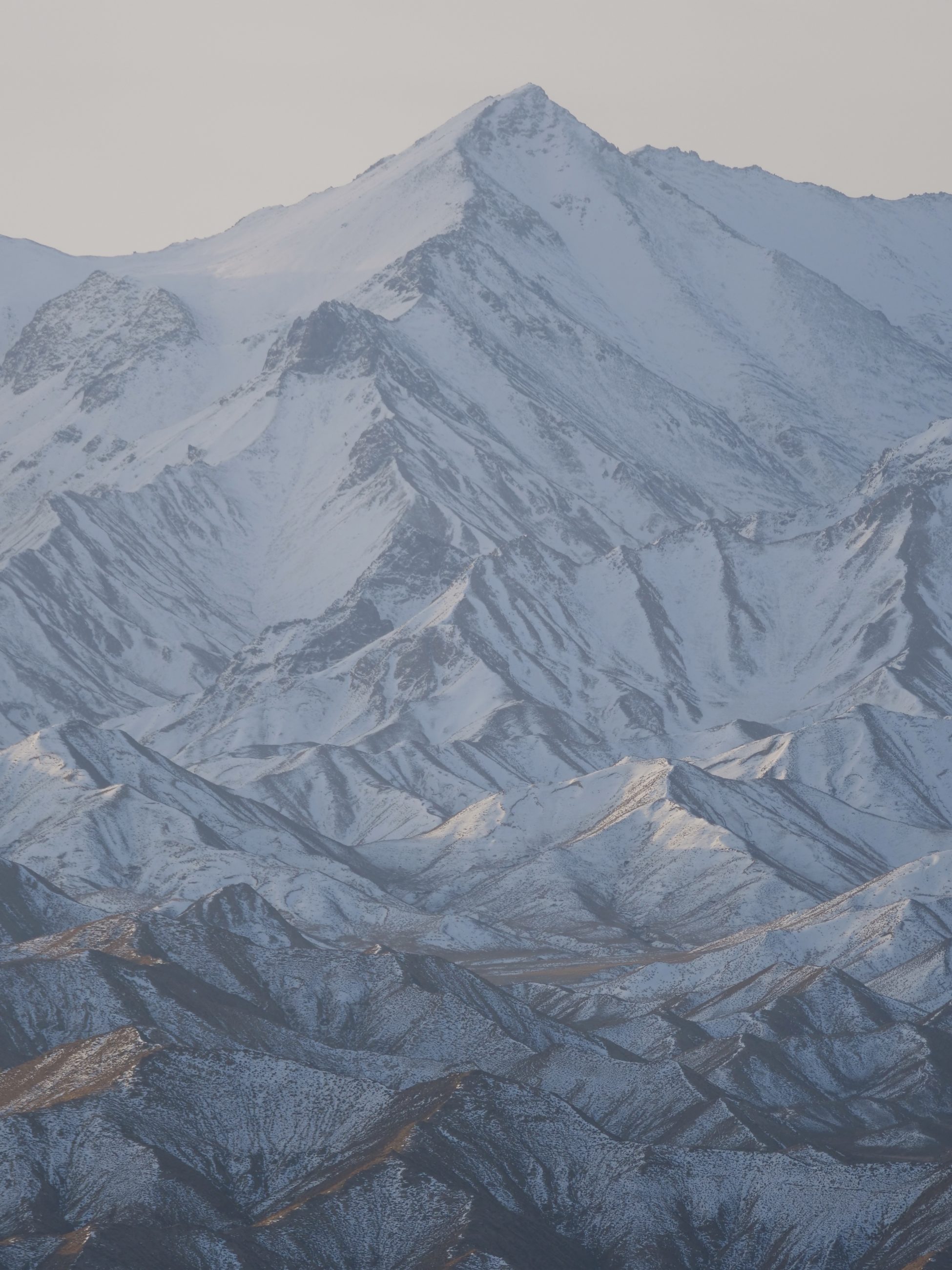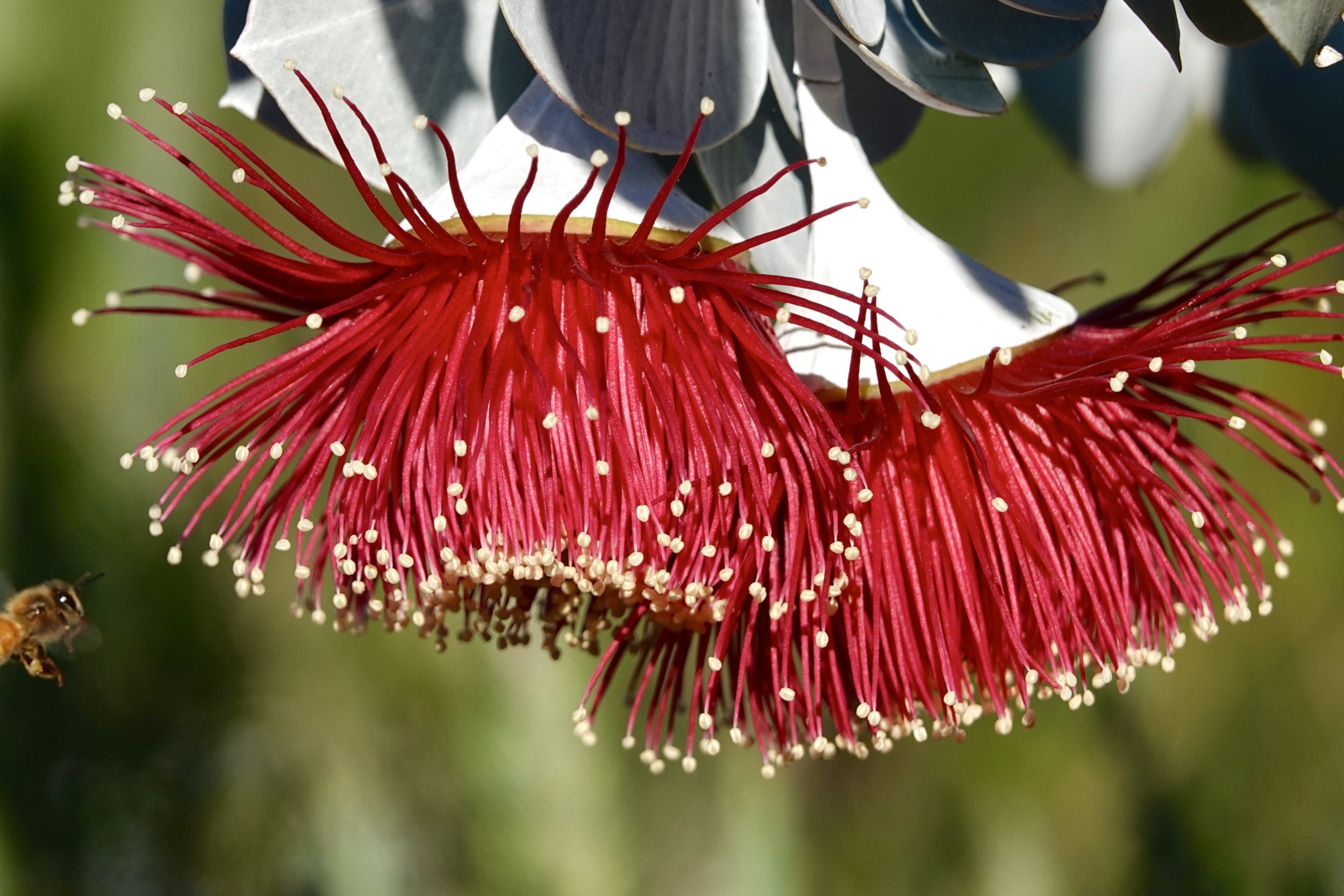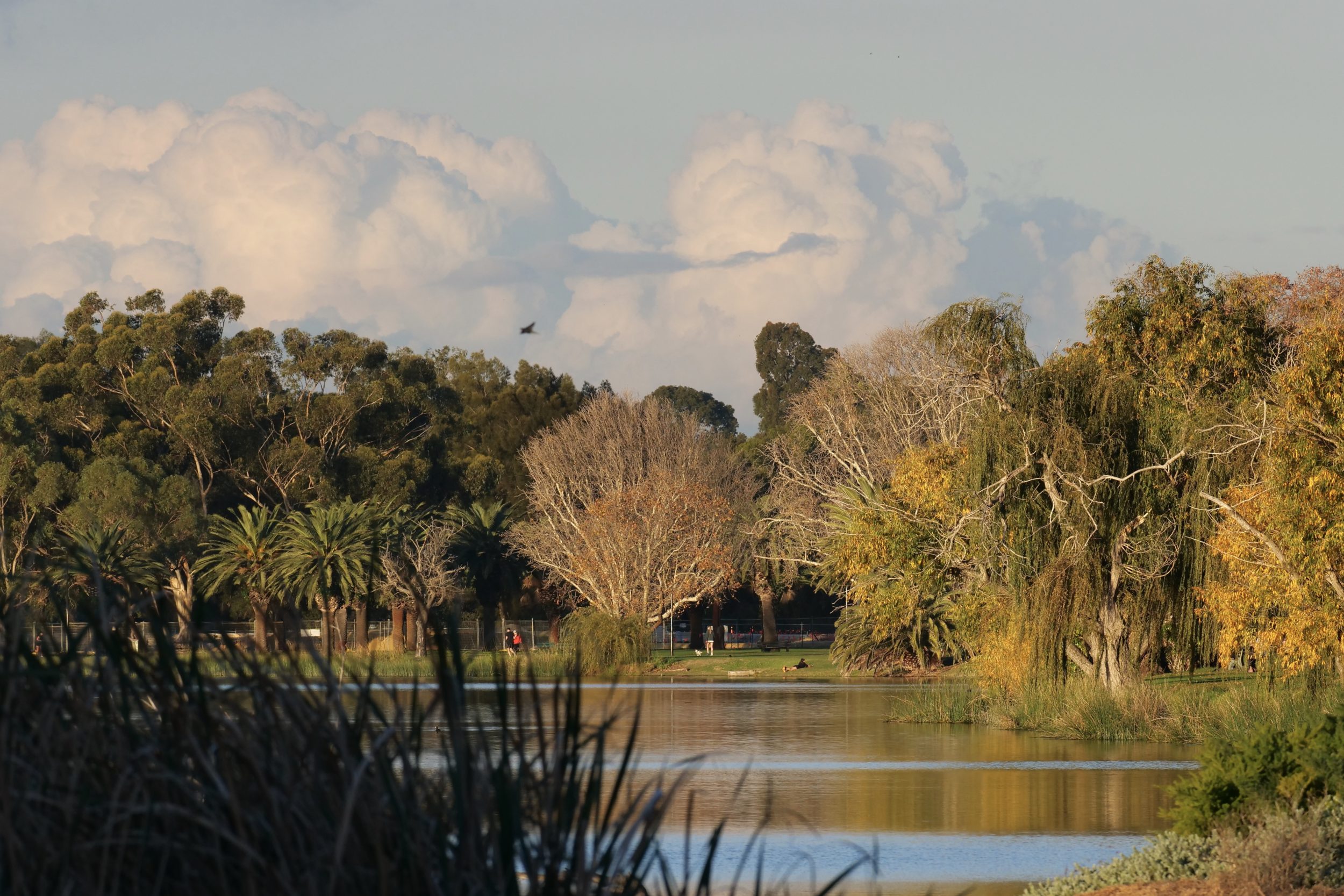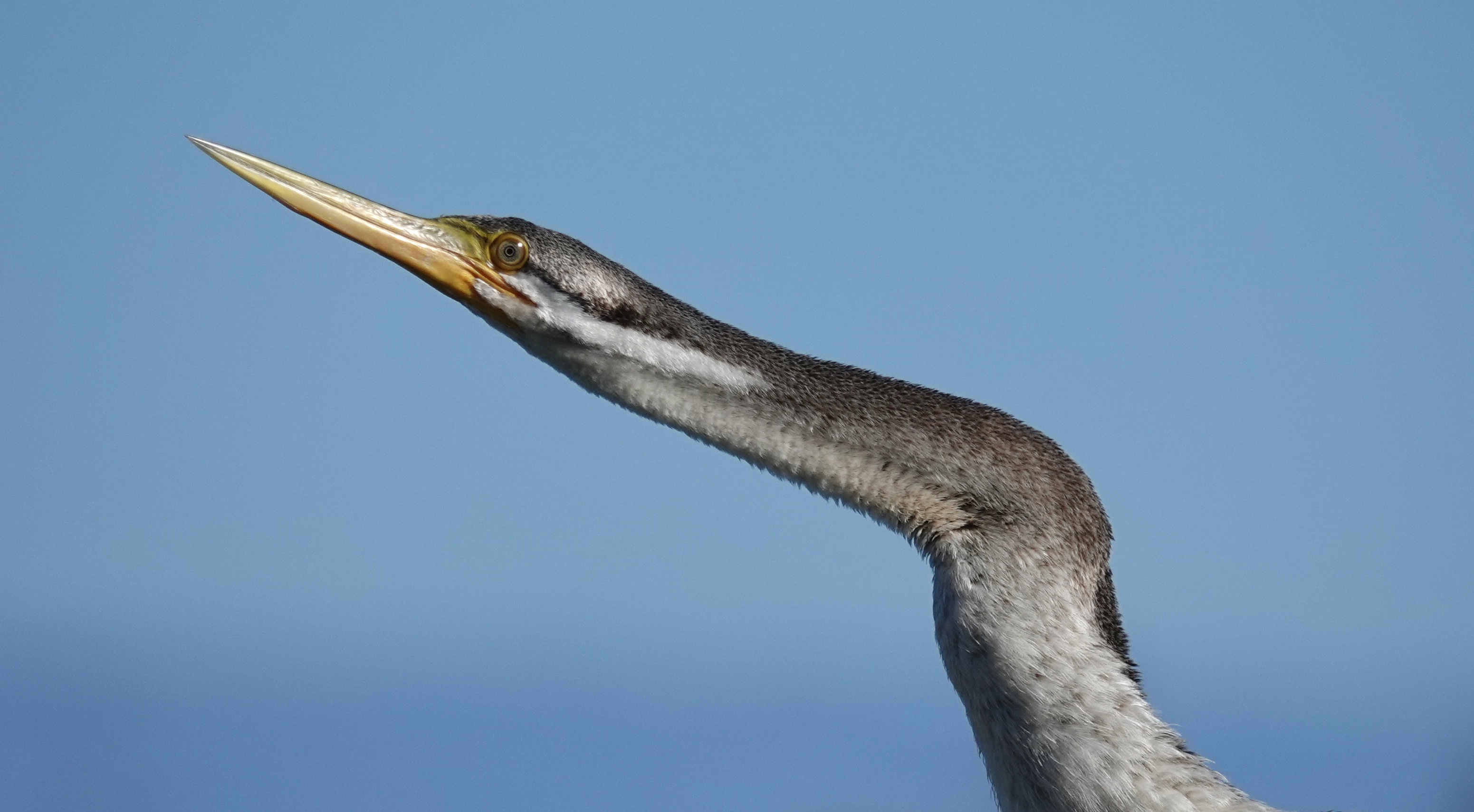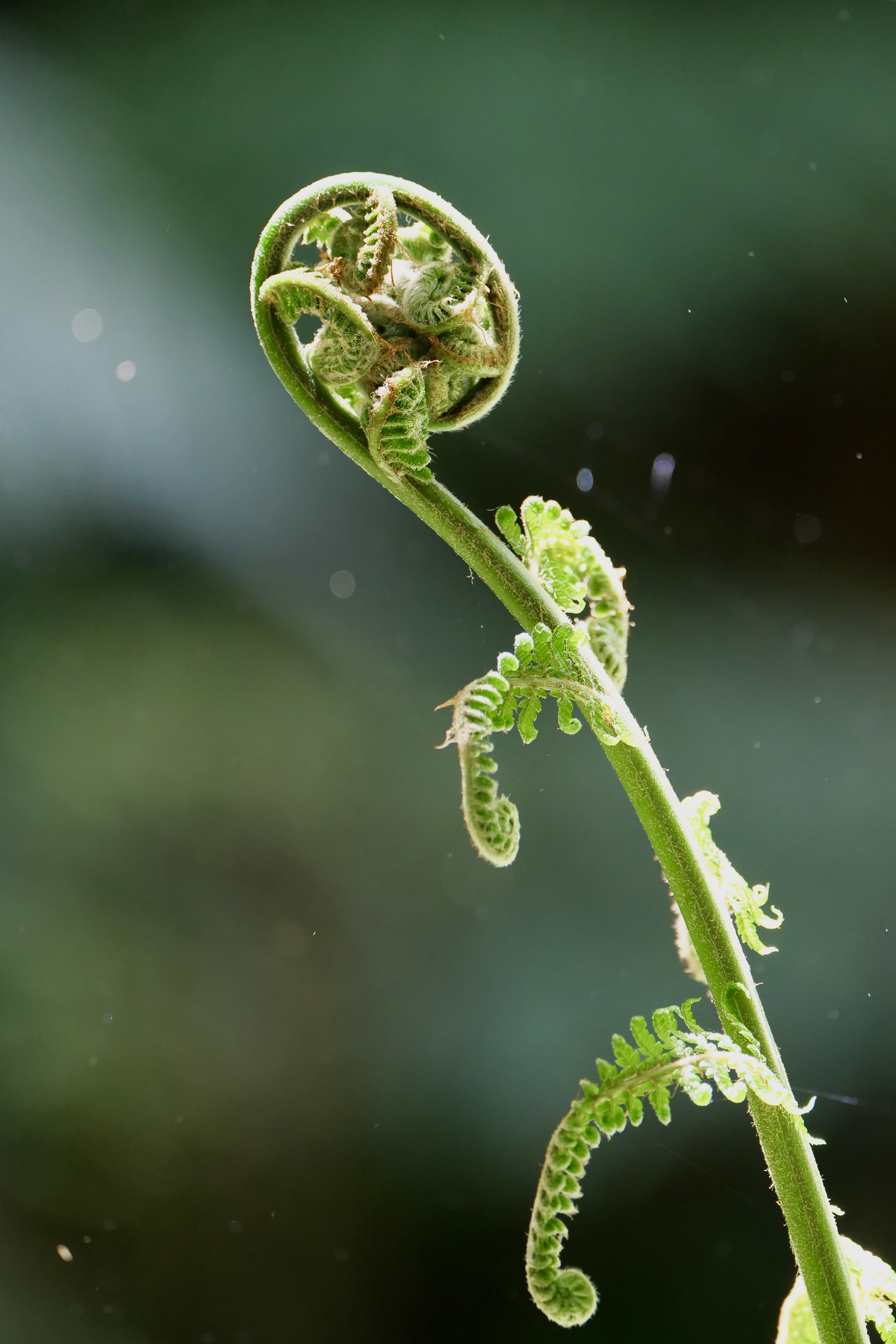According to the people who were already here for many thousands of years before “European settlement”, southwest Western Australia has six seasons.
Each is determined by what is actually happening, rather than by a calendar’s fixed dates.
Currently, in and around Perth, it is very evidently Djilba – the first of two “Spring” seasons.
One Comment